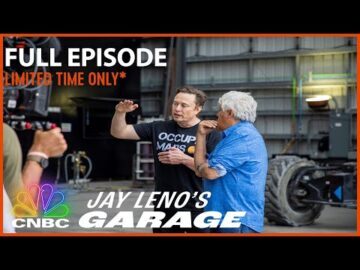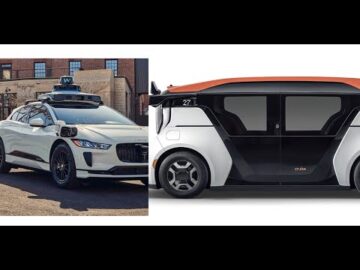Tesla is targeting 50,000 Semi produced and sold in 2024. They will have maybe 100 in the last month of 2022 and about 10,000 to 20,000 in 2023. The overall US market is 4 million Semi trucks with about 550,000 new sales expected in the next two years. Tesla making 80,000 sales would be 2% of the total market and 15% of new sales.
I liked this comment from one of my commenters. I added a title and some minor changes.
all the objections about random edge cases where it wouldn’t work well are literally irrelevant until production capacity meets current massive demand. We are just getting started.
Tesla just has to satisfy some of the market and then new and better models for other parts of a huge market. Tesla started in cars with the Roadster and then the Model S. Model 3 and Model Y were the higher volume cars. Model Y is now the best-selling car model in the world for the quarter and will be for all of 2023.
The Tesla Semi seems to address 40% of the US market quite well. Tesla Semi has even bigger markets in China, Japan, Europe and the rest of Asia.
A Nextbiguture Commenter
Tesla Semi gets a verified 1.7kWh/mile efficiency with a flatbed load and the average cost of energy in the transportation sector in 2021 was $0.102/kWh. If it’s slightly higher this year – say $0.11/kWh. It would cost $187 for every 1,000 miles driven.
Plus there’s all the other advantages you mentioned and one big one you didn’t: Safety. Having to crawl up hills isn’t safe, and neither is the tendency to jackknife in poor conditions, or worse traction management than an EV. For hilly routes, the Tesla Semi would be saving a good chunk of time vs the ancient competition because it’s faster up and down those hills.
Additionally, there’s a federally mandated 30 min. break which means that a Tesla Semi could easily run 850 miles a day with a single 30 min. charging-bathroom-food break. The stats are showing that even team trucks aren’t doing more than 850 miles a day most of the time. There’s always exceptions, but that’s what they are, exceptions to the rule.
There are many small shipping companies with owner/operator trucks and those running fixed routes that electric semis would be perfect for. More than half of trucking routes are already <500 miles which means the whole OTR segment is the minority and obviously not Tesla's focus with their first Semi. I say obviously because it's a day cab, not a sleeper cab.
Any misgivings about the central driving position, systems, charging, or whatever will be overcome the same way anything else has: practice and experience until it's second nature. It IS different to what truckers are currently used to, but from an engineering standpoint is clearly superior so I'm predicting will become the new norm in future BEV trucks built on new platforms.
Attacking the First 3% in Two Years Means 97% Will Not Convert
The bottom line is that electric truck production capacity just isn’t there yet to even dent the semi market so all the objections about random edge cases where it wouldn’t work well are literally irrelevant until production capacity meets current massive demand. We are just getting started!
P. S. Battery longevity is already way better than most of those clowns realize. Tesla’s 2nd gen batteries and powertrains in particular have lasted 3-400,000 miles with the stated goal being 1 million mile longevity for the 3rd and 4th gen.
Brian Wang is a Futurist Thought Leader and a popular Science blogger with 1 million readers per month. His blog Nextbigfuture.com is ranked #1 Science News Blog. It covers many disruptive technology and trends including Space, Robotics, Artificial Intelligence, Medicine, Anti-aging Biotechnology, and Nanotechnology.
Known for identifying cutting edge technologies, he is currently a Co-Founder of a startup and fundraiser for high potential early-stage companies. He is the Head of Research for Allocations for deep technology investments and an Angel Investor at Space Angels.
A frequent speaker at corporations, he has been a TEDx speaker, a Singularity University speaker and guest at numerous interviews for radio and podcasts. He is open to public speaking and advising engagements.






